Description of this episode
Get an insider’s look at how bswift’s Head of Operational Excellence, Adam Hostetter, is driving major improvements. Learn how his team is enhancing service delivery, upgrading technology, and aligning workstreams to accelerate growth. Adam shares insights on creating organizational alignment through visibility and communication. Hear how he employs urgency, quick wins, and constant iteration to lead successful change management. He also talks through balancing data-driven decisions with leadership instincts, maintaining work-life balance, and not losing sight of core entrepreneurial truths. Tune in for an illuminating discussion on how Adam’s operational leadership expertise is propelling bswift’s world-class benefits administration.
LISTEN ON SPOTIFY LISTEN ON APPLE PODCASTS LISTEN ON IHEARTRADIO
All right, great. We’ll get us started then. Sharon, we have a, a wonderful guest with us today, a very talented guy, Adam Hostetter, uh, who is bswift’s Head of Operational Excellence. Um, Adam has just joined our company in the last few months and is one of the new leaders that’s been brought to bswift to help our company grow. Um, you know, he is got an amazing background in having helped with the growth of companies like TD Ameritrade and, uh, Health Equity and some others. Uh, and we’re just really glad to have Adam on our show today, and also to have his talent being contributed to the growth of bswift. So, Adam, welcome aboard.
Thank you. Really excited to be here.
Awesome. Well, Adam, we’d love to just jump right in and hear a little bit more about how you got to bswift, how you made your way here, how’d you get into this industry, and just kind of unpack your career path a little bit.
Yeah, no problem. I, I’ve, uh, I’ve got a little habit of being really short and to the point, bottom line communication style, so , feel, feel free to keep on asking questions, but I’ll just, um, when I think about my journey to get here, um, you know, one of my passions is building businesses. Um, just, it’s something that I’ve really learned to love. And so when I’m looking to engage in a business venture, um, my key principle, like the thing I’m really interested in is making sure I can personally help improve it. Um, so when it came to Bswift, the components I was looking at were sort of ownership, leadership, and then other details, right? Because the details matter. But with regards to ownership, um, I spoke with Francisco Partners. They had clear deep experience in healthcare and technology. They had a lot of experience in technology carve, um, from larger businesses.
And then they had really ambitious goals to invest and grow, uh, be swift into the premier benefits administrator. So check the box for ownership. Um, my next thing is leadership. Um, and, uh, to me that’s sort of, uh, personal. Uh, it became real, um, when they announced that Ted Bloomberg would be the c e o I worked with Ted in different companies, so I had a pretty good idea of what, um, the outcome would be as he jumped into Lead bswift. Um, I’ve, um, as part of the carve out, there were a lot of vacant, uh, leadership roles because CVS, uh, the parent company had those covered. And so, uh, the c e o coming in would need to be able to, to pull together a team, um, fairly quickly. They’d have to be obviously very competent, um, leaders. And I’ve seen him hire, um, you know, in the last just few months, uh, since I’ve started, um, I think 15 or so directs or two downs from c e o, um, and they’ve made an immediate impact.
Um, the, the leadership group is phenomenal. That’s, um, that’s come together under his leadership. And so, and so then lastly, the details, and by details I mean product, operations, sales, you know, all all of those things. Um, details matter. So, so some people are happy if they’re in a business that’s a well oiled machine, right? Limited, limited stress, um, and they can sort of just claim victory as part being part of the company. But I’m, I’m looking for companies where there’s lots of opportunity to improve. And that’s what I saw six months ago, um, when I started. And so I’m just, uh, I couldn’t be happier, uh, to be here right now.
Well, I can tell you, Adam, you have definitely made a difference. Um, and we, we, Sharon and I and our team have seen, um, significant improvements in a lot of the areas that you have oversight on at Bswift. So to that point, I’d want to see if you could maybe give us a little bit of a view on what exactly do you do for the company? What does your team do, um, and, and how are those things going to make a, a, the great company bswift is even better.
Yeah, good question. The, the name operational excellence sounds aspirational, right? I mean, that’s in, that’s intentional, but it is a little, um, you know, uh, undefined. So I think the best way to describe what my team does is through examples. Um, you know, obviously we wanna become a best in class partner for our clients, um, but, but we’re really giving visibility to the various teams that be sort to what’s going on. And then we identify and help execute strategic projects that help us get to be that best in class partner. So examples would be like, let’s focus on improving service. Um, we implemented a business readiness group to make sure that, um, we could activate things, um, fairly seamlessly. Uh, we, we have a service recovery group to make sure that if something goes bump in the night, that we quickly, um, rectify that. Um, we have an AE readiness program, which that’s not new, but I think that we’ve, uh, invested, um, in improving that.
I’ll give you a tangible, uh, data example. Um, we, uh, for the, for the service center, we had a, you know, HTML call guides. Um, some of those guides that the agents were using were 50,000 words, kind of hard to get through.
Um, we’ve, uh, we’re still in progress, but some of our clients are benefiting from, uh, big reductions and, uh, the amount of words in those call guides and also the technology that assists the agent as they’re, uh, having conversations with employees. And then last I just mentioned, um, we’ve, we’ve been pretty focused on improving COBRA and HSA servicing, um, and, and that has primarily been done as a result of bringing in, um, experts that really know how to, uh, run best in class programs for those two things. And so, uh, that’s kind of how I think about what my group has done to help improve service, um, in terms of improving the product. On the technology side, we’ve, um, we, we’ve launched public site, new public site technology, um, which allows much faster updates and turnaround times for clients that have, um, public facing sites. Um, we’ve launched engagement platform technology, which helps us get into, um, not only email, but ss m s and push notifications on mobile devices and things like that. So we have now great foundations and ability to, um, activate engagement, um, in our, in the various populations we’re trying to, um, help employers touch,
We have, we’re helping on the adoption of new digital, uh, user experience, um, that went out. We’re, we’re driving and helping assist in the rollout of the new mobile app provider search, virtual benefits, uh, sorry, sorry, voluntary benefits for, for, uh, Emma and so on and so forth. We’re, we’re also assisting in the ai, um, uh, integrating AI and some of the generative ai uh, technologies to really, uh, increase our quality and throughput. So that’s just kind of a list, just kind of gives you a sense of we help with service, we help with product, um, but, but really it’s just about accelerating investments to make the experience for clients better.
You know, one of the things, Adam, I’ve heard you and Ted talk about very frequently is this idea of connective tissue. And, um, you know, the, the way I’ve taken that is, you know, it’s, uh, connective tissue would be like, not only do we have all the right capabilities, many of which you’ve just described, but it’s also just communicating across the organization with each other about what those capabilities are, about what changes are being made and so on. Uh, what can you tell us about your concept of this, the meaning of what connective tissue is and how that’s making a difference? For us,
It’s about awareness and alignment. Um, that tends to make everything simpler and more efficient. Um, an organization can’t really operate in an excellent way if there’s too many disconnects, uh, or too much energy spent on the wrong activities that don’t support target outcomes. Um, and, and the thing is, is people are really smart. Like, it’s not like anybody intends to be disconnected. Um, so I I, the way we kind of solve that, um, to, to me, visibility is magical. It’s really kind of step one in the biggest step. Um, Ted, our c e o says, sunlight’s the best disinfectant, right? And so that’s kinda where we start is visibility. So examples would be, uh, when I first started, my first mandate was a, a unified roadmap. Like we had various work streams, various portfolios cranking on things, but there was limited visibility across the portfolios of how this was impacting clients.
And, and, and what were the adoption plans? What was the awareness? Uh, what, what was the measurement once these things were out in, in the wild? So, so visibility, uh, in form of unified roadmap, or ticket queue, dashboards, right? Like, what’s going on? Which queues or bottleneck do we have enough resources? Um, once, once good leaders get visibility, the tactics are pretty straightforward. They just don’t realize sometimes how the current state of things is affecting, you know, dominoes downstream. And, and, and that experience. Um, we, we launched, uh, we refined our N p s and client satisfaction surveys so we could really get to the heart of how clients are feeling. Uh, we do weekly snapshots of key projects for leadership team so that they understand how things are, are moving. And when we run into bottlenecks or obstacles, uh, leaders can remove those. If they don’t know about them, they can’t solve them, right? And so, uh, my team’s embedded in, uh, several of the key work streams, just good old fashioned dot connecting. It’s not, it’s not hard, but you do have to do it intentionally. And, um, so that’s just a kind of sense for what we do.
I love that, Adam, I love that you highlighted that Ted says, sunlight is the greatest disinfectant. I think that’s such a, that’s a, such a true statement. And a good leader who takes the time and a good leadership team that takes the time to help uncover processes that may not be necessary or processes that may be broken, is just so critical. And, um, it really speaks to the capacity of the leadership team to be able to take a dive into the different areas of the business, because Bswift is so multifaceted. We’ve got two sides of the organization, we’ve got product, we’ve got services, um, and so to have a leadership team that’s dynamic, to have the capacity to take a deep dive, um, and really understand some of those day-to-day processes and adjust and manipulate as necessary is, um, I think a differentiator and, and very critical, you know, that goes.
I wanted to just go a little bit back to, you talked about you love being a business builder, and of course, in advance of the podcast, we, we went through your LinkedIn to just check everything out, and Business Builder is a highlight on your profile. And many of our clients are, you know, direct on direct and channel are building their own businesses. Um, and I would love for you to just impart some wisdom on them in terms of like, what’s an area of oversight that you’ve seen businesses face when you go to help build a business? Or what are some key, you know, strategies that you think people may, uh, not be taking into account or any blind spots, you know, as you build businesses, what’s some advice there for our clients who are building their own businesses?
First word of advice. Don’t listen to experts or their wisdom. .
You’re like, turn the podcast off. Now. ,
Uh, being kind of serious, right? I mean, I think great businesses, there’s just nuance. I mean, it’s, it’s interesting how at face value, there’s no difference in certain kinds of businesses. You just, you can’t, on the face of it understand why one business thrives and the next one doesn’t. And you start digging in on, you know, peeling back the layers of the onion and you start realizing, oh, it’s nuanced, and only an expert really gets the nuance. And that’s the, that’s the secret sauce. And if they stick with that, they’ll be extremely successful. If they get distracted from what, what I refer to as entrepreneurial truth, you know, at, at the end of the day, your business of putting value into a marketplace, there’s a problem. You have a solution. Um, that’s all it is. And, and sometimes the bigger companies get the more distracted they get from that simple entrepreneurial truth.
Um, but, you know, if I had to say something for this podcast, , other than don’t listen to what I’m about to say, you know, I think, I think what I, what I have observed, um, there’s kind of three things that I think really drive momentum in a business. Uh, the, the first one is belief. Like, do the people running the business see the target? Do they believe they’ll hit the target? Are the expectations aligned? Because if not, and that’s gotta be step one. If people don’t believe in what they’re doing or that they can, um, achieve the goals, nothing else really matters. Um, right behind that is energy, right? Are they incentivized or are they distracted? Are they overwhelmed? Is your structure, uh, or do you have a poor structure that somehow takes the energy away out of their ability to get, um, towards their targets?
And then lastly, I think of skill. Um, you know, are they skilled or is it a Rudy Rudiger situation? You know, it makes a great movie, great movie where you can put in years of work and get 30 minutes or, you know, 30 seconds on the field. Not exactly a great business in my mind. Um, so to me, there’s often mismatches in what I just laid out. Like somebody thinks they have an energy issue, but really it’s a belief issue. Or they think they have a skills issue and they have, uh, you know, an energy issue, or they have lots of belief in energy, they have no skill. Like, and, and those things, those things matter. It’s really stressful if you get your assessments wrong. Um, just simple examples. Um, you know, let’s assume you get the belief in energy, right? And you’re in a technology situation.
Well, from a skill standpoint, a good technologist. So it’s about 300 times more value into the marketplace, right? There’s less tech debt, there’s more speed, um, there’s more innovation, less stress, less time, right? I mean, it, it, it’s that simple. Um, if you have the right skills, but, but you can’t just throw those skills into situation where there’s no belief or energy. Um, probably another example would be just sales, right? Um, at the end of the day, if you’re not improving your, um, if, if, if you have a great product, but you’re, you have an inability to articulate the greatness of the product or having needs-based conversation that matches solution to need, um, you, you, you’re gonna be wondering what’s going on. And great salespeople aren’t just good at closing business. They’re good at understanding the market so you know what your actual gaps are, and it’s just, it, it just makes it so much more efficient to not be distracted, um, by red herrings.
Um, analytics is probably the last one that I see commonly missed, um, in there, uh, you know, I’m very skeptical what I see in most businesses. You know, people are great at throwing data around data, anecdotes, everybody knows data matters. And in a lot of interviews you’ll interview somebody and, and they’ll say, I’m a data-driven X, y, Z, right? But, but something I learned from one of my original, um, uh, you know, one of my original jobs, um, uh, I was a trader, and one of the, uh, things that traders do is they back test systems, right? Um, so you have trading systems and you look back and there’s back testing and it’s like, Hey, based on historical data, here’s how that would’ve performed in the past. And, and it, there, there’s so many wonderful systems that work historically, and 100% of them fail in the future. DA data is useless. , you know, in the historical data is not in and of itself that valuable, um, analytics. What I mean by that, like, those insights you glean of what actually drives your business and what actually you should focus on, having good analytics that, that actually help you drive your business is key. And I see kind of in those thing, those three buckets I see regularly, uh, a disconnect and that kind of belief, energy skill, um, construct.
Interesting. So do you think Adam, kinda like the data that matters is not so much historical, it’s more, um, data that helps you to better understand the problems you face, or like
Yeah, so yeah, what I mean by, like, I’ll give you an example from, from deals. Um, so, so I have a, I have a buddy that does a lot of m and a and, and there have been times where I’ve said, Hey, this tech, um, this tech company looks kind of interesting, they’re solving a particular problem, and, and he immediately finds 10 others just like it. He’s like, it’s
Ideas. People like to give a premium to ideas. They think that ideas matter, but they don’t. Execution is what matters, right? And, and he is like, so, so in that, in his job, they’re not just looking for ideas of what problems to solve and solutions to solve them. They’re looking for a team that can look around corners and, and address future problems that nobody’s ever thought about. And so you use data enough to be informed about what’s going on, but you can’t replace that leadership layer. Um, leaders have instincts. They know the nuance, right? They know when data’s bad. I mean, how many times has that happened that you, you would, you would take a totally different direction if you believe the data and you just ask one question and the person that produced the error, uh, the, the data says, oops, transposition error, or oops, calculation error formula. You know, I mean, that happens all the time. So you have to, you have to really just have good insights and good people that, that, um, that know the difference of just data versus an actual insight. And then, uh, that has to be applied to future problems. And so that’s what, so one other,
One other sort of related question, Adam. Um, how do you, uh, well, maybe, maybe what we’ll do is skip, should we skip a little bit of this, Sharon, just in terms of time or,
Yeah, let’s skip to, let’s see here. Um, we could do change management and then like one personal one, and then,
Yeah, let’s do that. So, okay. I’ll do, let me, let me take change management and then you can pick up on the, uh, the
Like a personal one, like a motivate
The personal item. Yeah. Yeah. Perfect. Okay, sounds good. So Adam, um, one other issue related to this that I’m interested in exploring, you know, in everything that you do, you’re involved in change management in some respect. I mean, that’s basically your job is to , is to, to figure out what needs to be changed in the organization and then execute on those changes. Um, what are, what are some things you’ve observed that, that have made you successful in do in change management and how you help other people kind of get through that process?
Um, there’s thousands of books on the topic. Um, John Kotter has a book, uh, leading Change that in different orgs I’ve been involved in. That’s like the playbook for Leading Change. Uh, I’m a simple person, so, uh, I, I think about change. I, I contextualize it in the world we live in, people change jobs every couple years. Um, there’s no attention span left in, in America, , you know what I mean? Yeah. Like, there’s just, uh, so, so taking that in context of like, hey, assuming the pieces are constantly changing and assuming that the bigger the org the harder it is to drive change, then what do you do? And I, I think it boils down to urgency. You, you gotta drive urgency and then you gotta tie quick wins to that urgency so that you’re, you’re getting momentum and people know what good looks like, and then you just iterate that urgency in those quick wins towards strategic goals.
Um, even if you have a bigger project, you wanna try to cut it up so that you can actually achieve value along the way versus waiting till the end for your ROI, I’ve been in so many projects where the end never comes. Yeah, some new leader comes in, some investment thesis changes, the market shifts, and next thing you know, you’re, you’re killing something that took a huge amount of investment, but you just went too slow. Um, not to mention that you probably end up missing the target if you picked your target too far back. So you want to iterate, uh, those quick wins, uh, with that urgency.
Yeah, urgency is, is huge. And I mean, we’re about to head into fourth quarter and urgency will be our middle name here, for the, for the remaining of the year. So that’s definitely top of mind. Um, alright, Adam, so would you rather do a speed round on the personal questions or to, or dive deep into one of them?
Doesn’t matter. I do not have a preference. Yeah. Alright. I, I was told, I was told they’d edit this, so Yeah.
,
Let’s, let’s do both.
Alright, let’s do it. So let’s do a quick speed round, Adam, we’d love to just get to know you a little bit more personally. So I will pepper through a couple of questions if you could give me a, a quick answer on, on each of them. So starting off, what motivates you to get up and go every morning?
Uh, good question. So my honest answer, , which, uh, it may be taboo to talk about so you can cut it. We’ll see what makes the cup, but for me, it’s my religion, my family, those are by far, by far my top motivators. And what I mean by that is I want to behave in a way that shows my love for God, my family, uh, my neighbors. That’s when I’m the happiest. Uh, it’s not a one-time decision. Like I make those decisions all day long. So if I can connect my work, uh, to how it makes people’s lives better and, and if I can accelerate how much I can help them, then the better I feel.
I love that. Yes. And I happen to know that you have, you’re a dad to seven, right? So when you talk about family, you’ve got a big one. Um, your LinkedIn says your first, your first job on LinkedIn is a, is the role as a husband and a father, which I absolutely love. What’s a top tip to create a healthy balance between work and family life?
Yeah, so, so I do have seven kids. It’s, I mean, one answer could be have you ever seen Lord of the Flies where they just it’s absolute chaos and then chaos, they govern, they govern themselves. So that’s the, that’s probably the true answer. The slightly the, the other answer is, uh, there’s no such thing as perfect balance. So I, I, I recently heard a wise man describe balance as, it’s like a juggler who has three sticks and he’s spinning plates on the sticks and it’s literally impossible to spin all three at the same velocity at all times. So the best you can do is spin a plate, you see a plate slowing down, you jump to that plate, you spin it, and you just keep jumping around. And so as I jump from kids to wife, to, you know, to church to work and whatever, you just keep spinning the plates. And I think probably the key is to just choose to be grateful that you have plates to spin and not stress too much.
Wow. I love that. That’s awesome. Um, what are your top daily habits that make you a better business person?
Hmm.
Like are you a 5:00 AM riser, ? Are you a no coffee drinker? Like cold plunger? Like what’s the tip? ?
Uh, yeah, I, I mean , my, I feel like my life, going back to the plate spinning, uh, analogy, my, my life is definitely full of surprises almost every day. And so I think, I think you ground yourself well, one thing I do is I have a, a Trello board If, for those of you that know what Trello is, it’s, it’s, uh, it’s just a stack of cards, kind of kind like Kanban if, for anybody who’s, who knows technology, but essentially I have tracks and it’s like, okay, in this area of my life, here’s, um, here’s my cards, here’s my priorities, and I just stack rank ’em. And I don’t even try to think about the whole list, but I don’t wanna forget the list. So I put it there so I don’t forget. And then I just kind of focus on the top card.
And then maybe different track is, you know, something else. Um, and I even have, I, I do an inventory once in a while, even just on family stuff. Like, hey, I don’t want to get to the end of my career and look back and say, oh, you know, I wish I would’ve spent time with my kids in these areas or whatever. But you have to, I have to be intentional about it ’cause I’m just so busy. It’s so easy to get consumed with problems. And so I just have these tracks. I put cards in them, I look at it daily and I just kind of move cards around like, uh, something else came up. I don’t, I’m not gonna feel bad that I didn’t get to the 25th thing, but I wanna make sure that top that I’m always thinking about what should be at the top. And that changes every day. It changes every month, but it’s sort of grounded in my goals and kind of the business outcomes that I need to achieve at B Swift. And, and, and so that, that is kind of the orientation for how I prioritize, but it’s, you know, it’s a little bit chaotic, but I I I, I love it. I use the agile methodology to manage my life, if you wanna think about it that way.
I was just gonna say, it sounds like that applies both, you know, personally and professionally is to be intentional and then to take inventory is kind of a theme that I’ve heard throughout this entire, this entire conversation, you know, at work and, and at home. So that, that’s great. Thanks for indulging in the speed round. Um, I think that’s a lot of fun, Don,
A couple of the highlights I’ve heard today, Adam, that I’ve have stuck with me is, you know, visibility is magical. Or another way of putting it, as Ted says, you know, sunlight’s the best disinfectant I’ve, as, as Sharon just mentioned, you know, being intentional and taking inventory is something that I think is, could be broadly applied to a lot of our listeners. Um, I’ve heard, uh, you know, your concept of prioritizing, um, you know, what is entrepreneurial truth and you’re basically saying, look, if you’re gonna be successful in your business, you gotta believe you gotta have energy, you gotta have skill. Uh, those are some real take home messages that I think that have some, some great value. And then I, and I loved what you said about, you know, ideas don’t matter near as much as execution. You know, world’s full of, of ideas that, that were wonderful, but, you know, nothing ever happens because you don’t, if you don’t get to execution, nothing, nothing in the idea of realm matters. And I mean, ideas do matter, but, but if you can’t execute ’em, they’re useless. Right. So that’s, that’s a really great take home message and I appreciate your, your insight today on that. Um, Sharon, any other parting thoughts?
No, I would just say that this has been such a pleasure and it, you know, it’s a clear indicator that we have really strong leadership, um, at the helm here and we’ve seen a ton of momentum in the past six months since you’ve been with us, Adam, and can’t wait to see where the next six months and beyond take us. So thanks so much for joining the podcast today. It was, it was great to have you on.
Yep. Thanks for having me.
About Adam Hostetter
As Head of Operational Excellence at bswift, Adam Hostetter brings more than 15 years of experience driving efficiencies, implementing new technologies, and leading high-performance teams. His leadership and expertise are accelerating bswift’s growth as a world-class benefits administration solution provider.
The views expressed by guests of the bWise podcast series are theirs alone and not endorsed by nor necessarily reflect the views of bswift, its affiliates or their employees. The podcast recordings and all rights are owned and retained by bswift. Reproduction, duplication or reposting of podcasts or any portion thereof without the express written consent of bswift is prohibited.
Related Insights
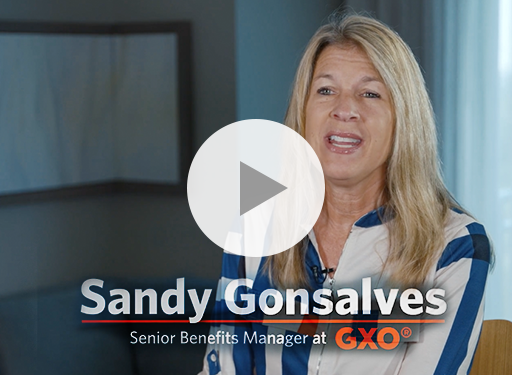
Flexible, Powerful, Trusted: bswift Redefines Benefits Admin
Hear why HR pros choose bswift for benefits administration. See why organizations of all sizes trust bswift to deliver efficiency, flexibility, and advanced functionality in benefits tech.
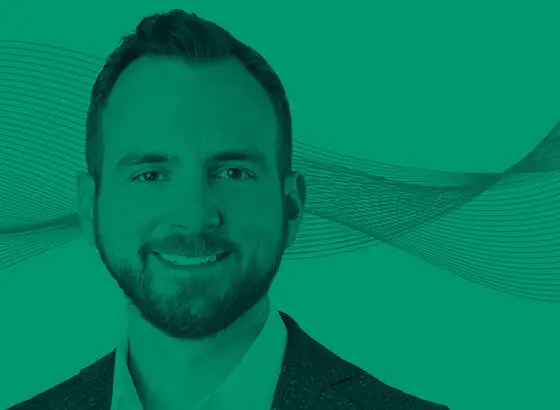
bWise – Ep 29: Building the Future of HR with AI: A Chat with Jeff Kirk
Get practical insights for driving successful digital transformations across industries. Listen in as Jeff Kirk shares his 20+ years of experience and wisdom, with real-world examples of digitizing businesses
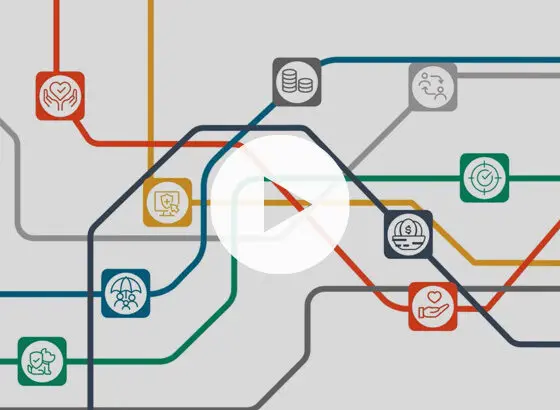
Simplify Benefits, Unlock HR’s Potential: bswift Has You Covered
Simplify benefits administration and empower HR with tools to streamline enrollment, optimize benefits use, and free HR for strategic work.
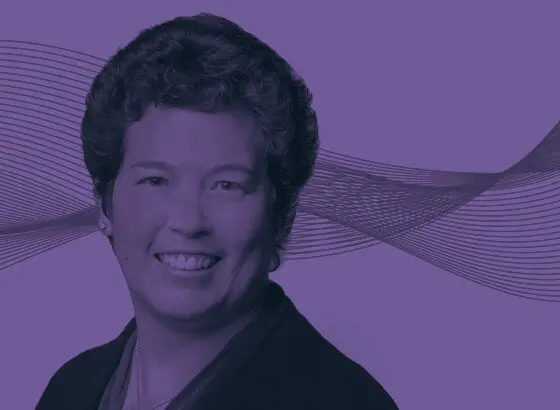
bWise – Ep 27: Streamlining Benefits Admin: Real-World Wisdom from Industry Vet Maria Yao
The latest episode of the bwise Podcast is a masterclass in optimizing operations. Tune in for Maria’s straight-shooting advice and elevate your operational capabilities.
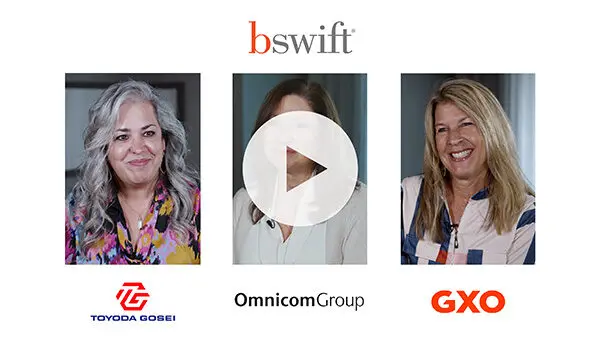
Flexible and User-Friendly: bswift Benefits Enrollment Solutions
Learn how bswift’s benefits administration platform streamlines HR’s work with flexible technology, seamless customization, and user-friendly tools to deliver benefits the way they’re meant to be.
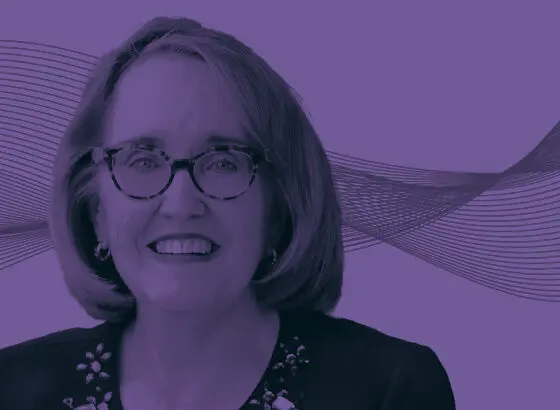
bWise – Ep 26: Achieving Liftoff: Lana Hillebrand’s Journey From Astronaut Aspirations to HR Industry Leader
In this episode, hosts Don and Sharon sit down with HR and benefits administration leader Lana Hillebrand, who recently joined bswift’s advisory council.
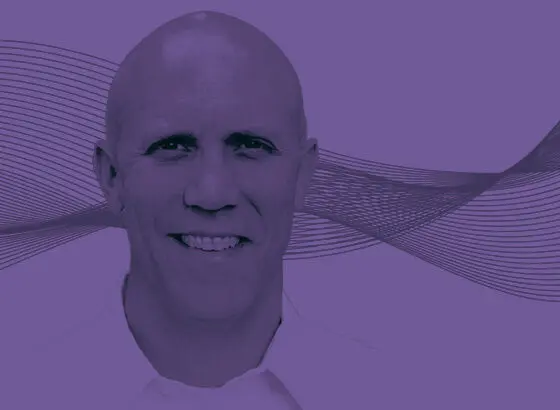
bWise – Ep 25: Navigating the Future of Ben Admin: A Conversation With Scott Millson
On this episode, benefit administration insider Scott Millson shares his unique perspective on his over three decades in the employee benefits field.
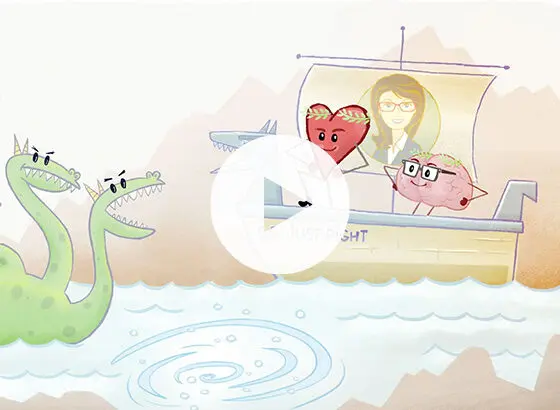
Choosing Your Benefits with Ask Emma
Choosing Your Benefits with Ask Emma Video Transcript
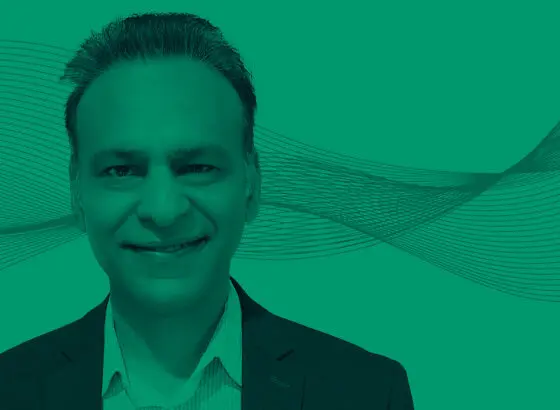
bWise – Ep 24: Ice Baths to Client Service Excellence: A Conversation With bswift COO Amit Jain
Listen in as bswift Chief Operating Officer Amit Jain talks about his passion for client service, his unique approach to leadership, and his vision for the future of benefits administration technology.
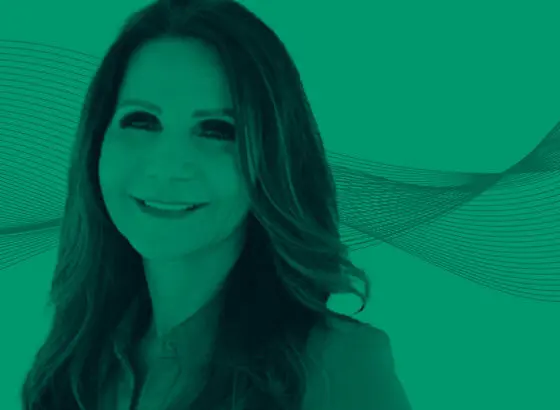
bWise – Ep 23: Shaping Culture and Service: A People-First Approach to HR with bswift’s Natalie Atwood
bswift’s Chief People Officer Natalie Atwood talks with bWise hosts Don and Sharon about her passion for putting people first.
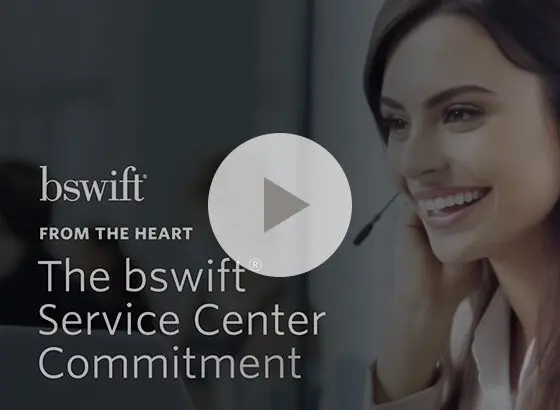
The bswift Service Center Commitment Video
Benefits can be difficult to understand. Watch this video to see how bswift's Service Center makes it simpler for employees.
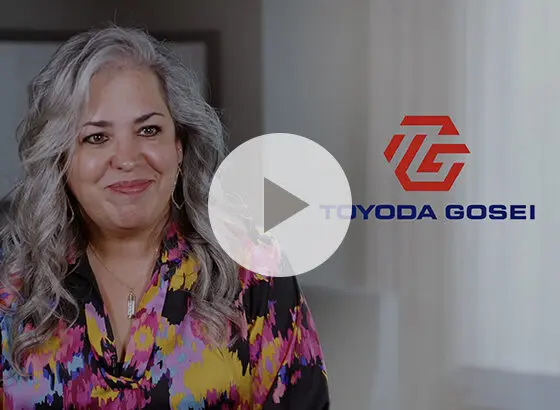
Toyoda Gosei Customer Story
Hear how bswift’s benefits tech stands out for its robust functionality, flexibility and dependability in managing complex benefits for a diverse workforce.
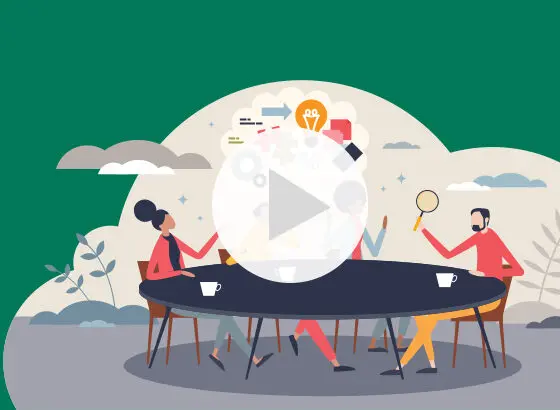
Unlocking the Power of Employee Benefits
Discover the hidden keys unlocking the full value of your benefits program for your employees and your organization. Watch it now!
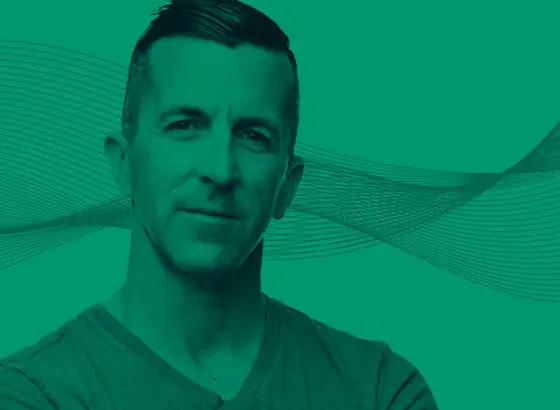
bWise – Ep 20: Digital Transformation: HR and Employee Engagement, With NFP’s Mark Rieder
In this episode, we’ll explore how digital transformation can improve the employee experience, boost customer satisfaction, increase productivity, and drive greater profitability for the company.
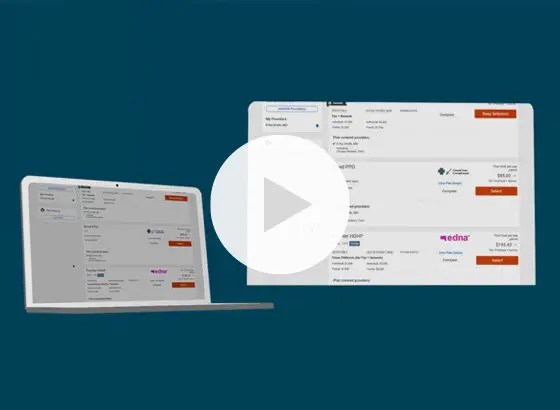
Fueling Outcomes: bswift’s Innovation Strategy and Latest Enhancements
Watch bswift's latest video to get up to date on bswift's latest innovation strategy and enhancements. Watch video now.

ACA Management Suite
Introducing ACA Management Suite, offering a suite of management solutions to help employers navigate the new world of healthcare and benefits
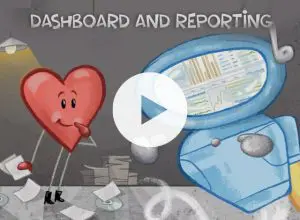
bswift Dashboard and Reporting
The bswift Dashboard and Reporting tool provides easy access to the robust data you need in customizable reports, all in one location.
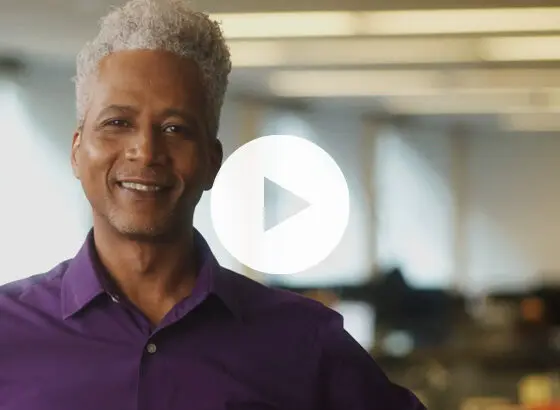
We are bswift
From innovation and data security to compassion and care, hear from our people about what makes us bswift.
